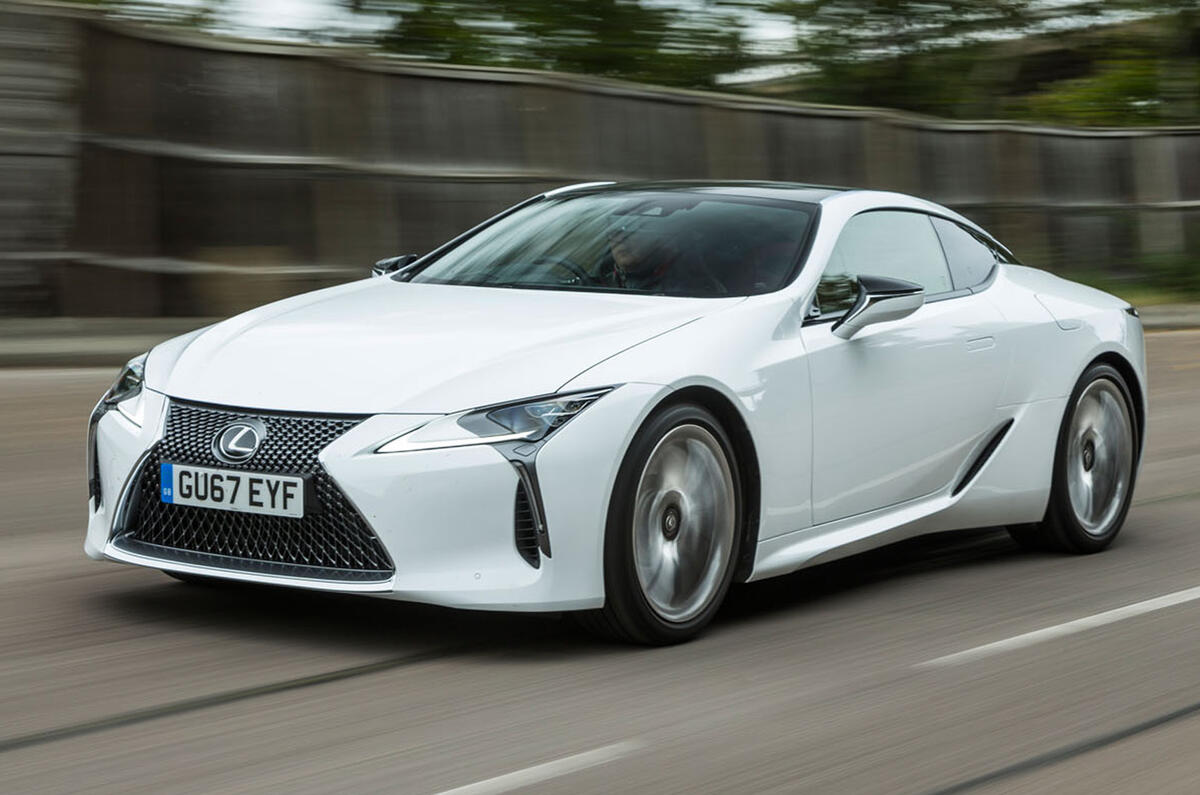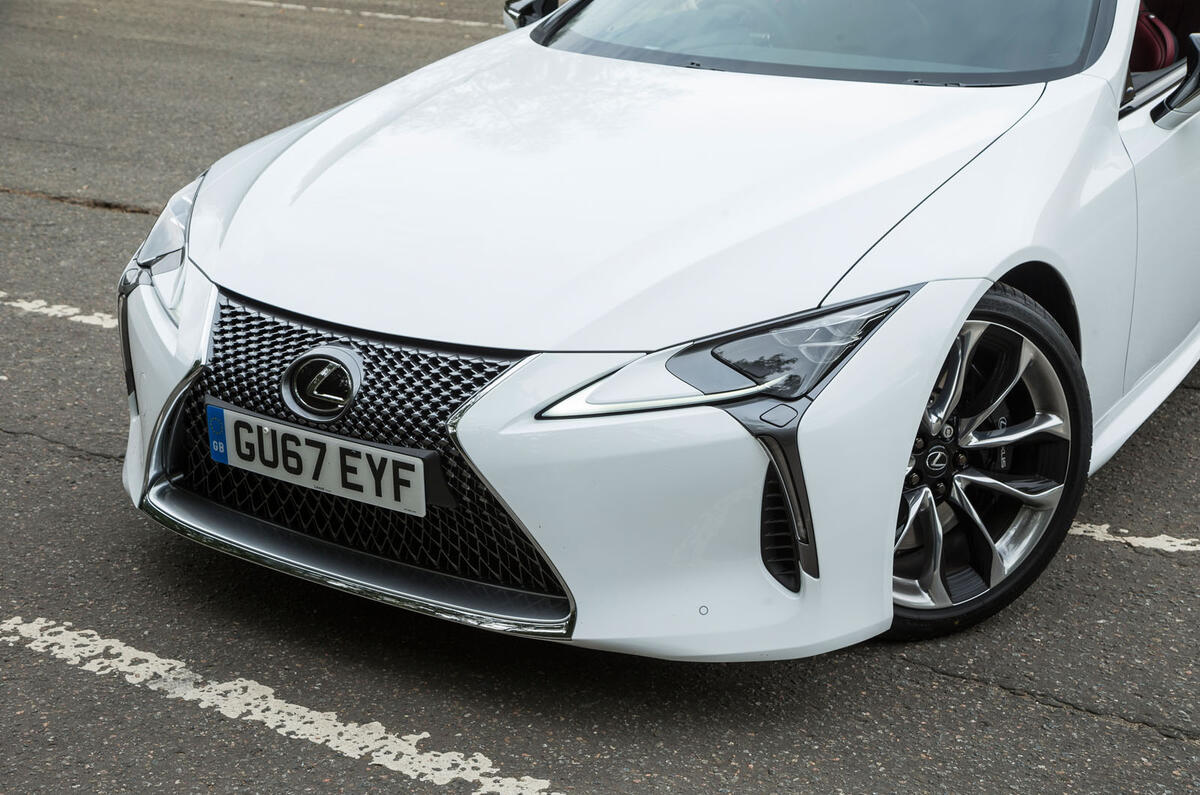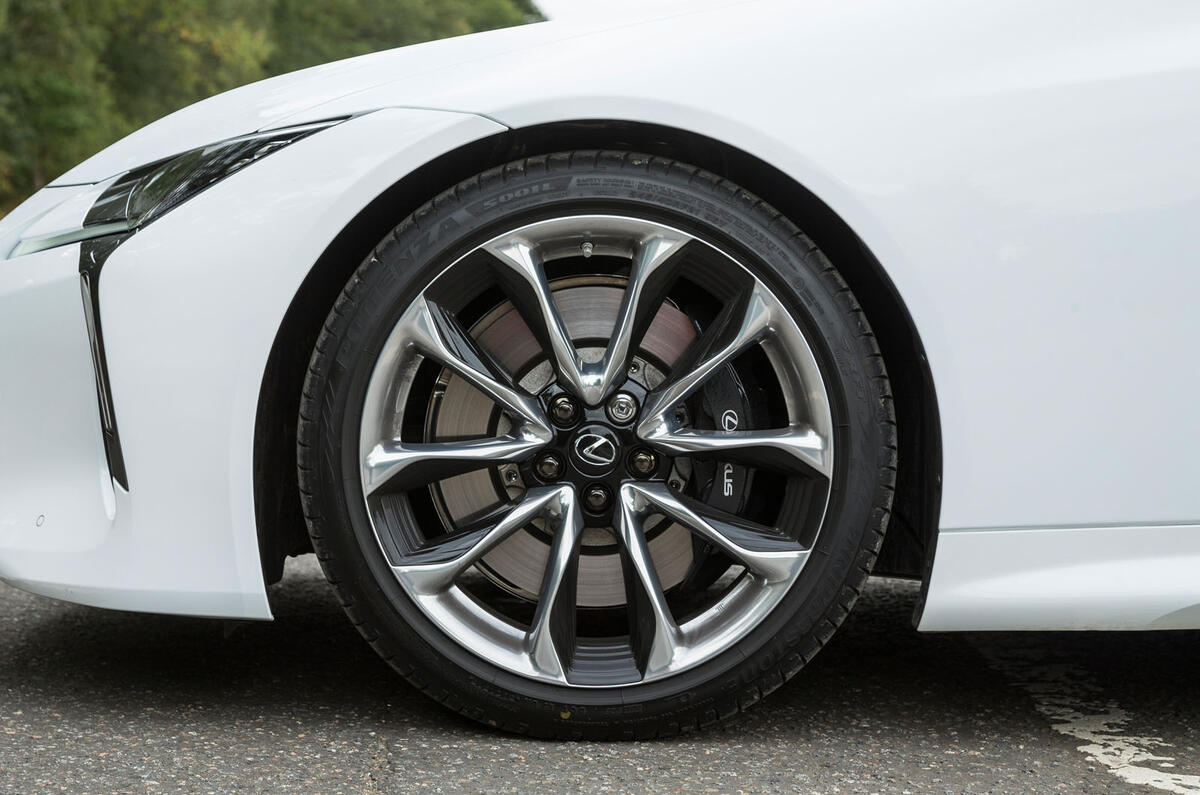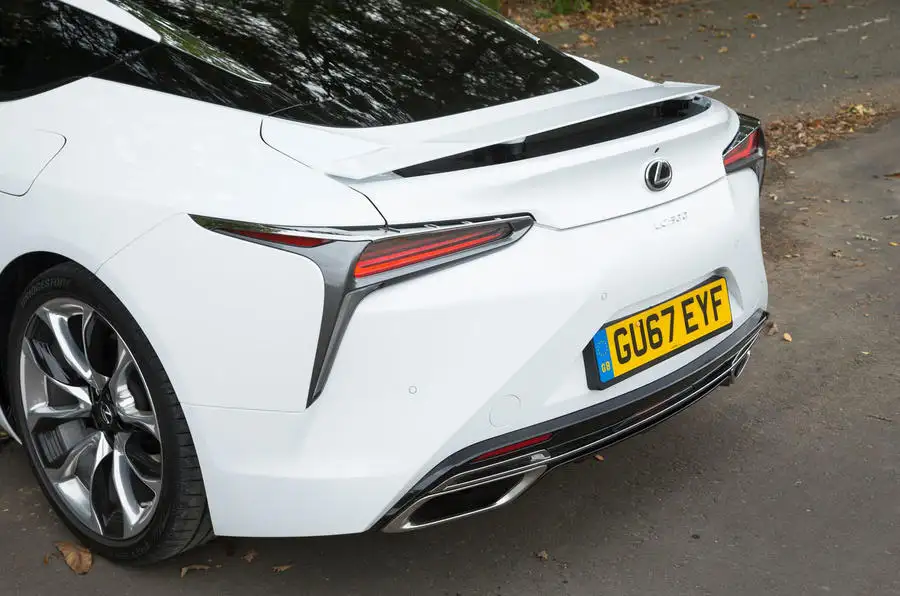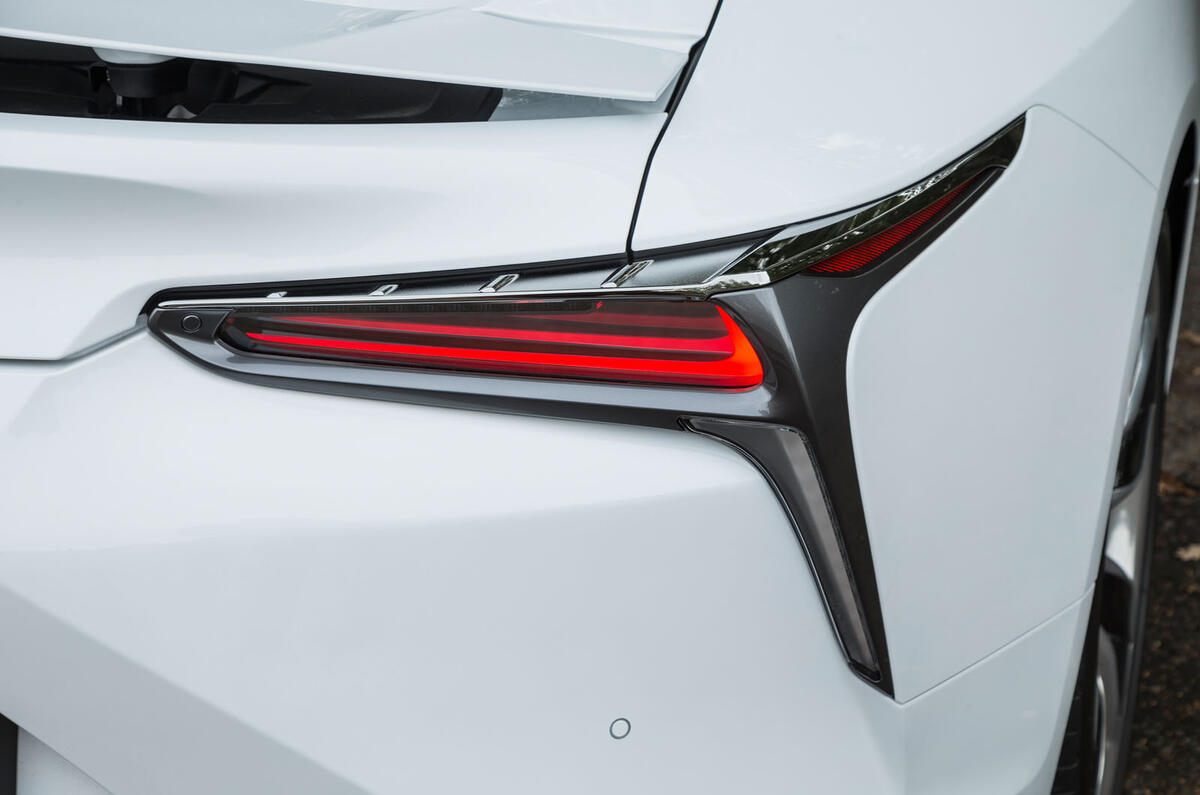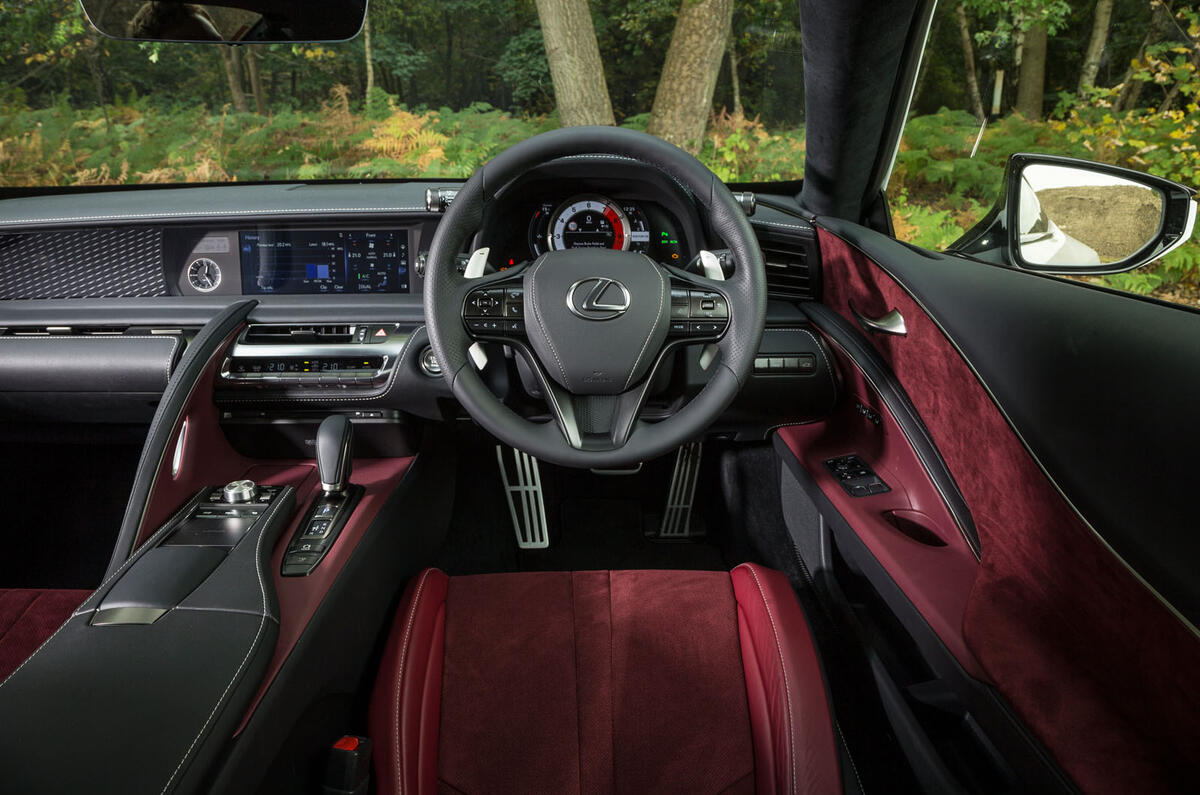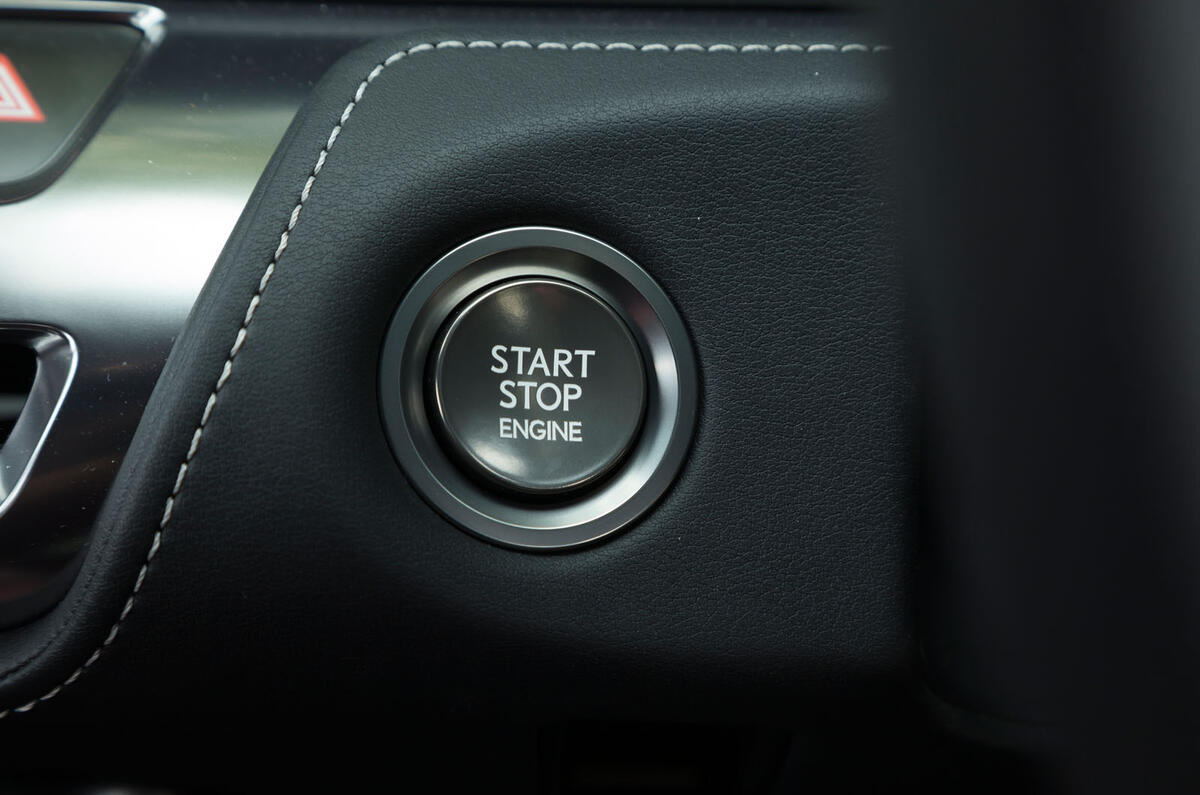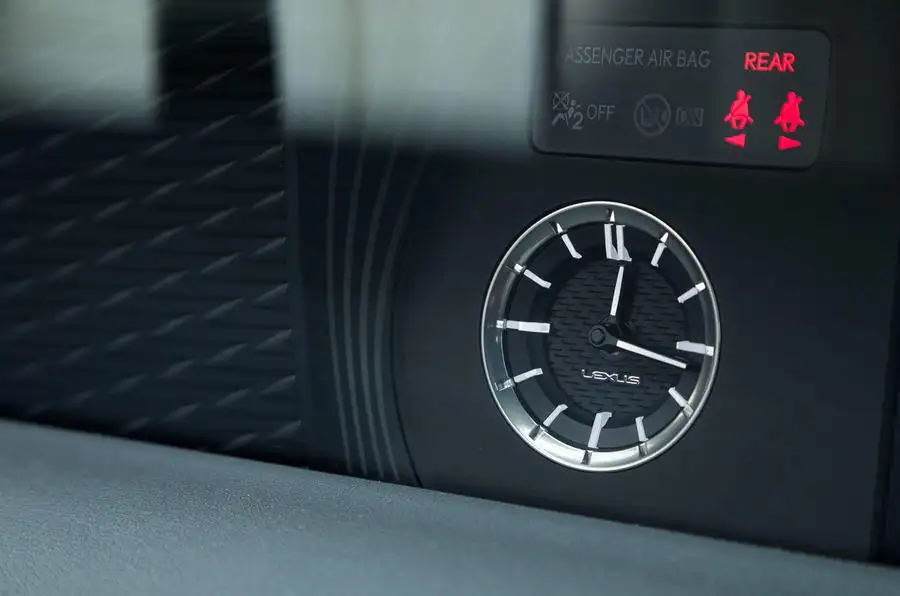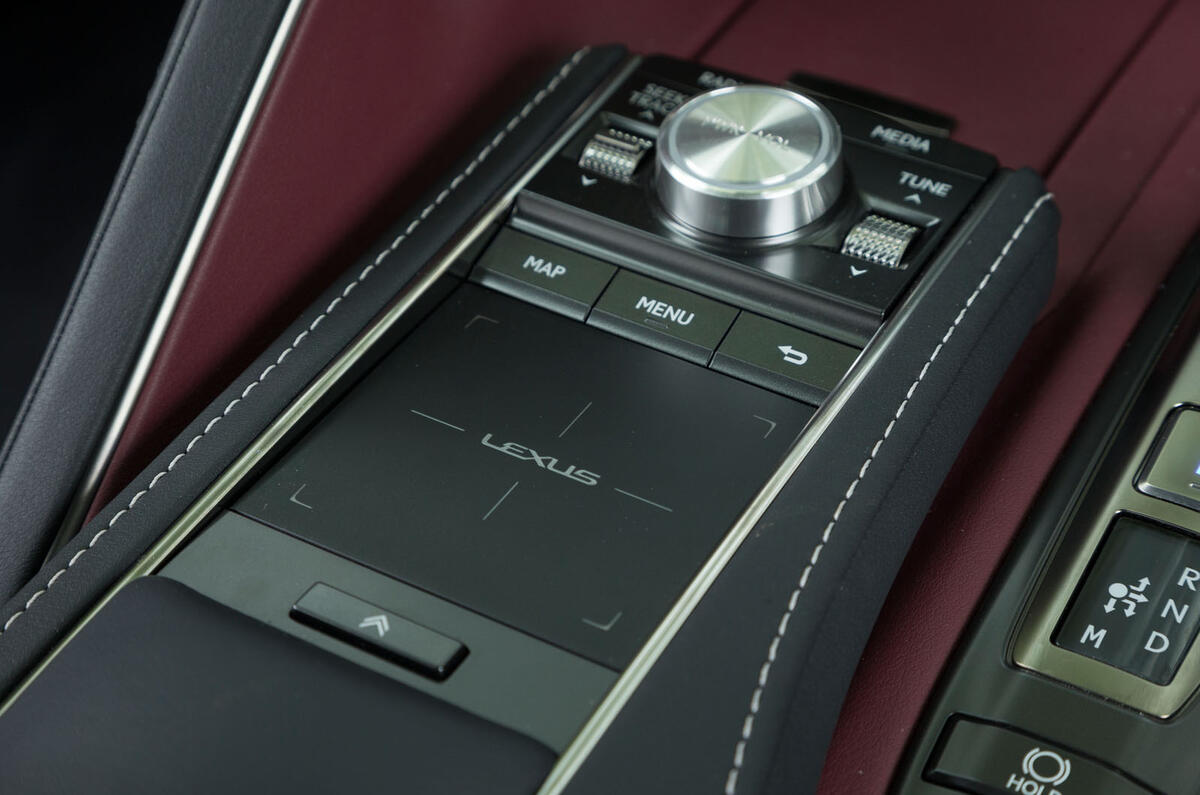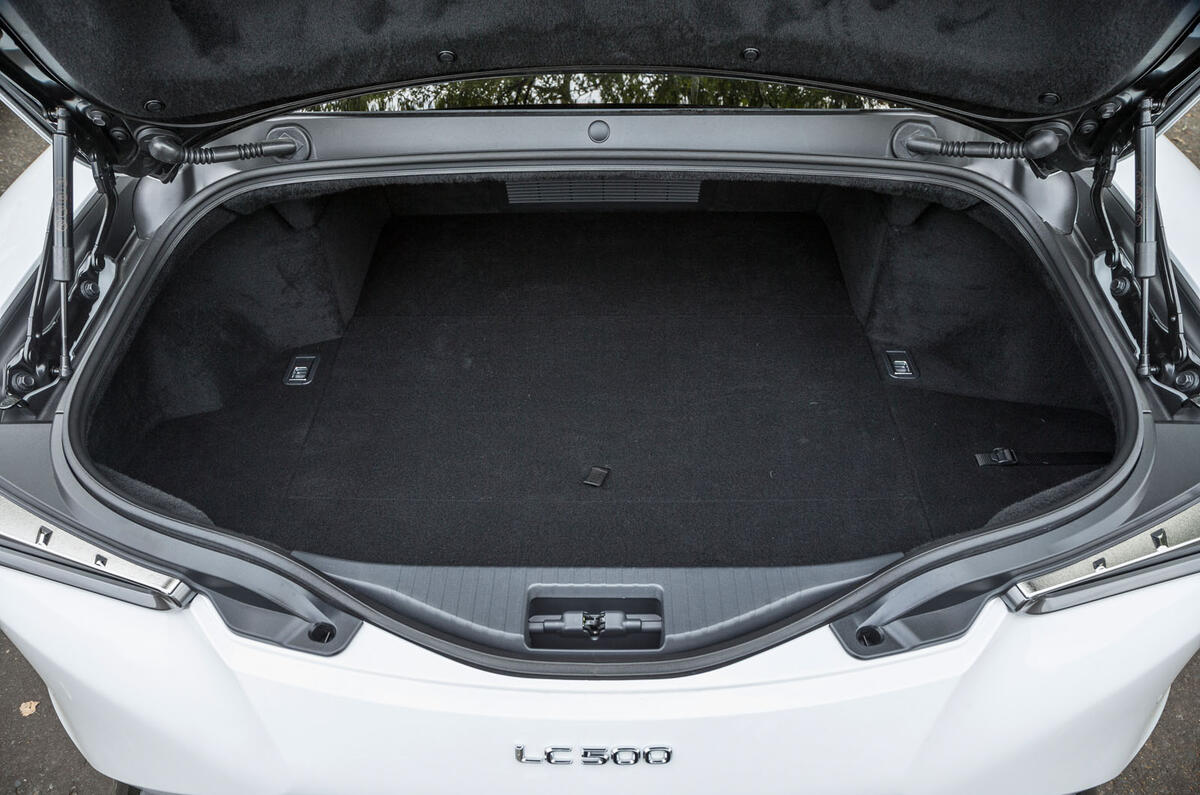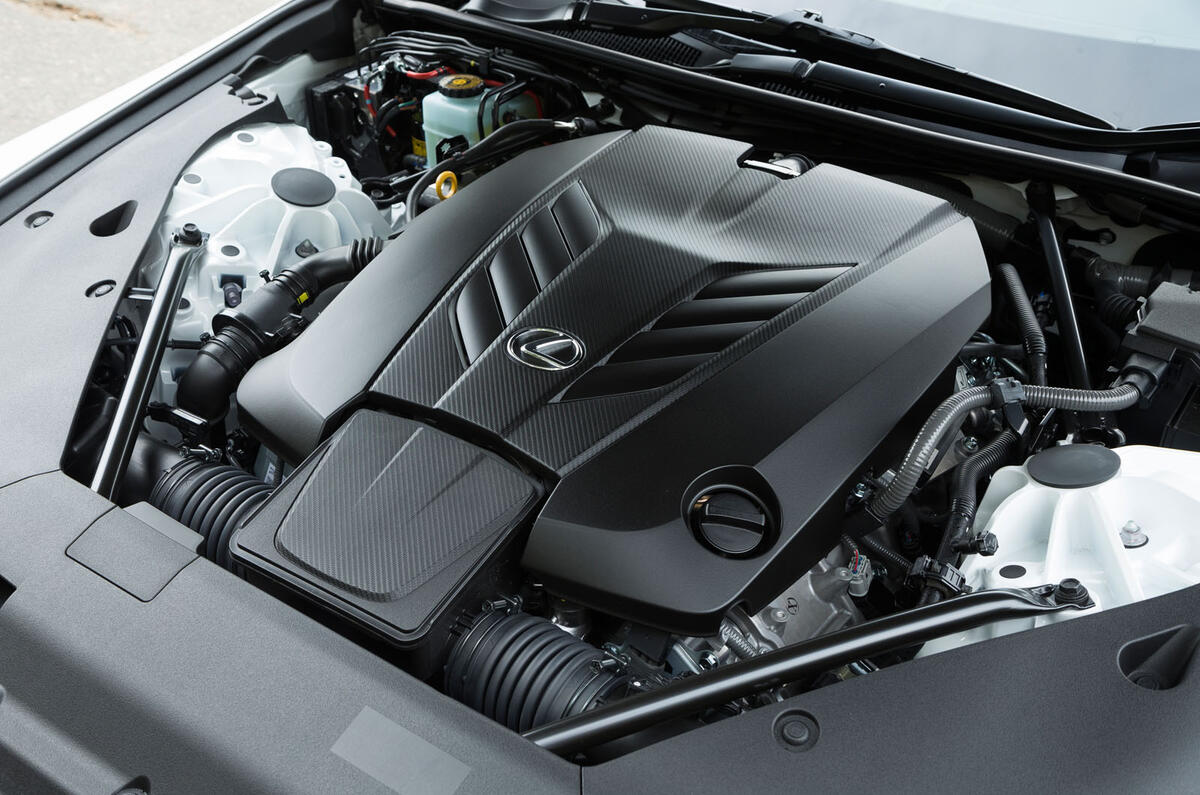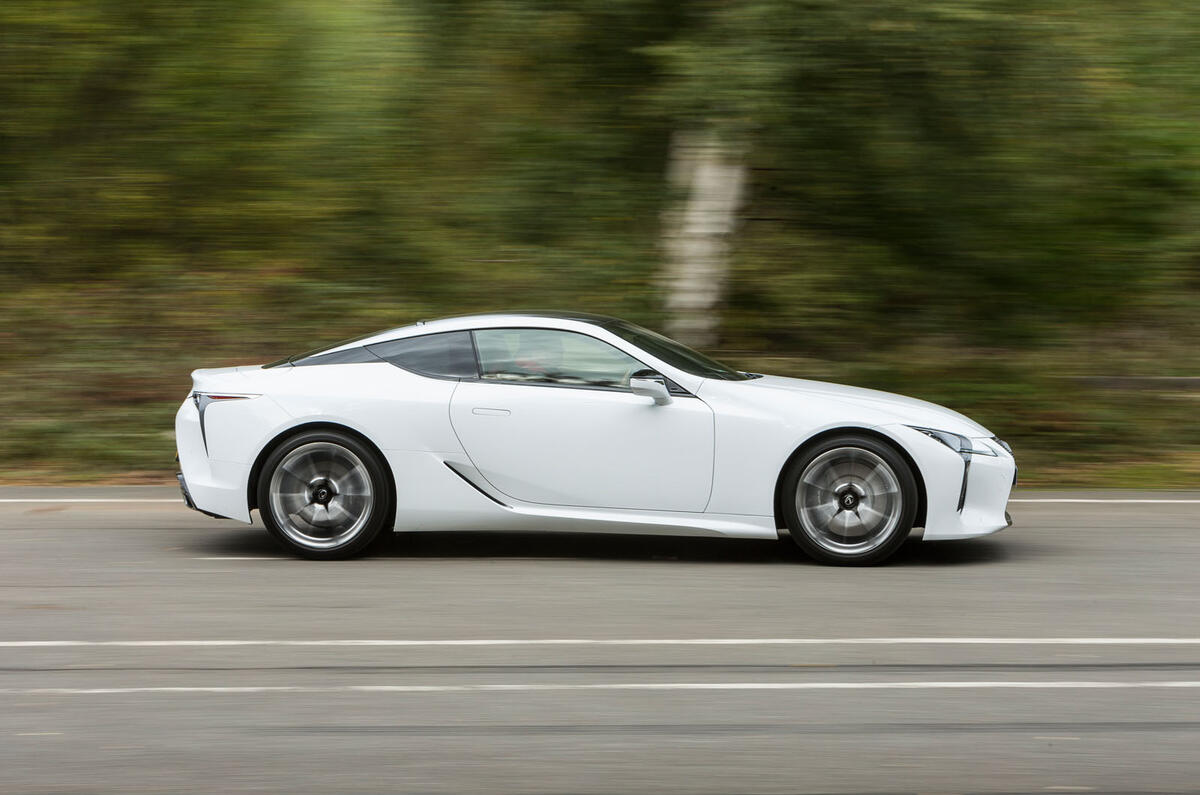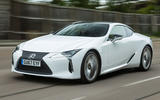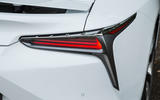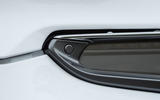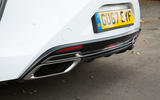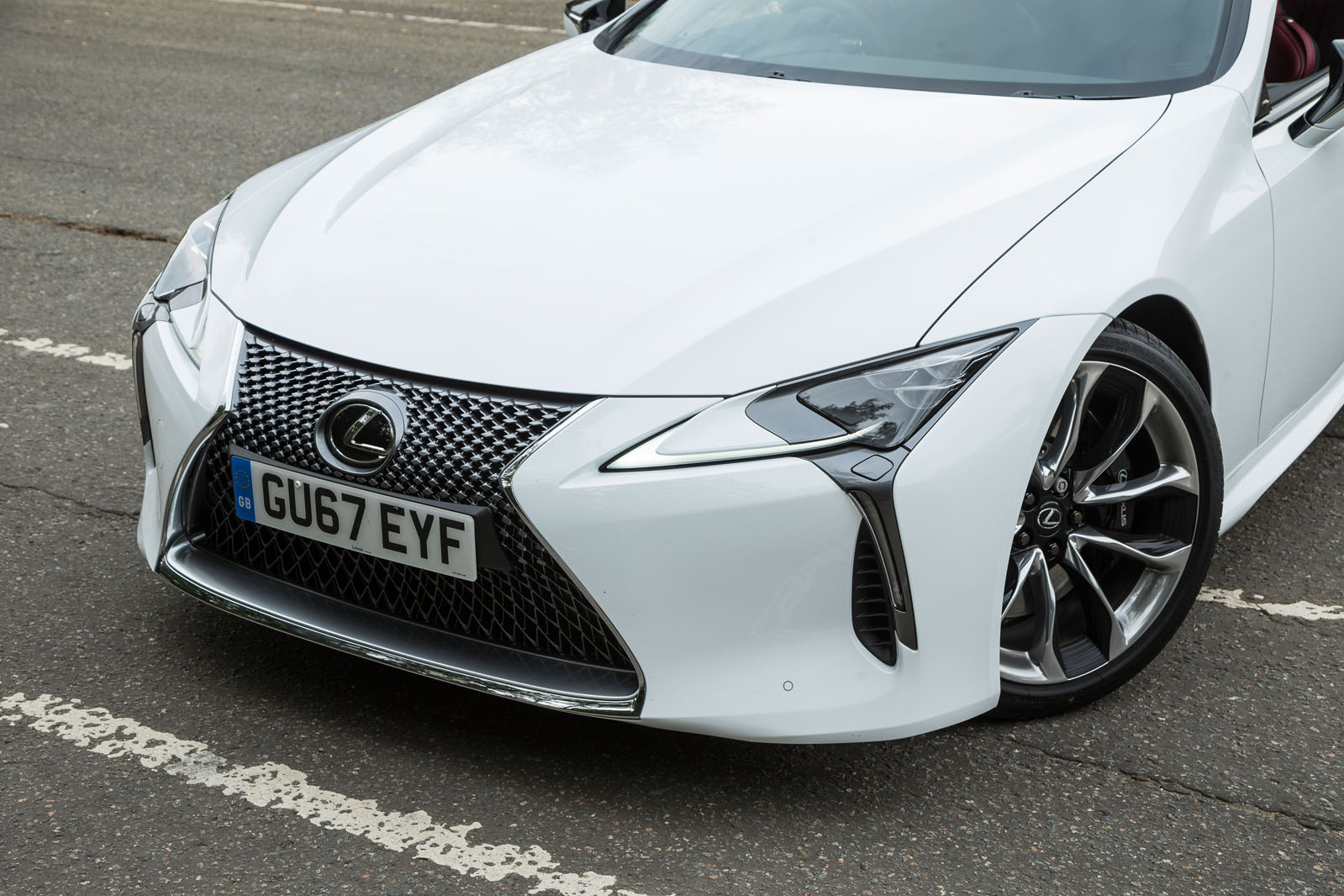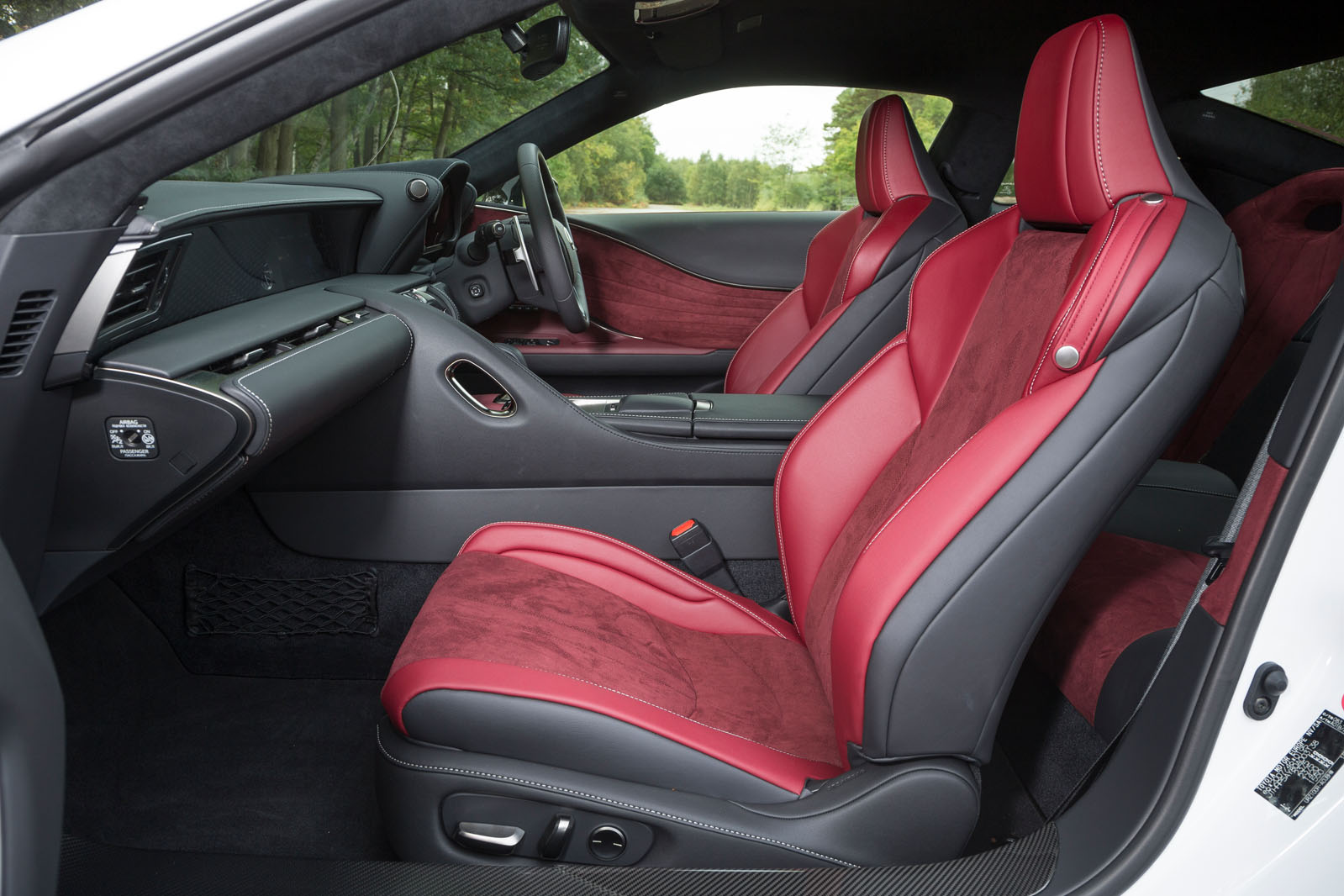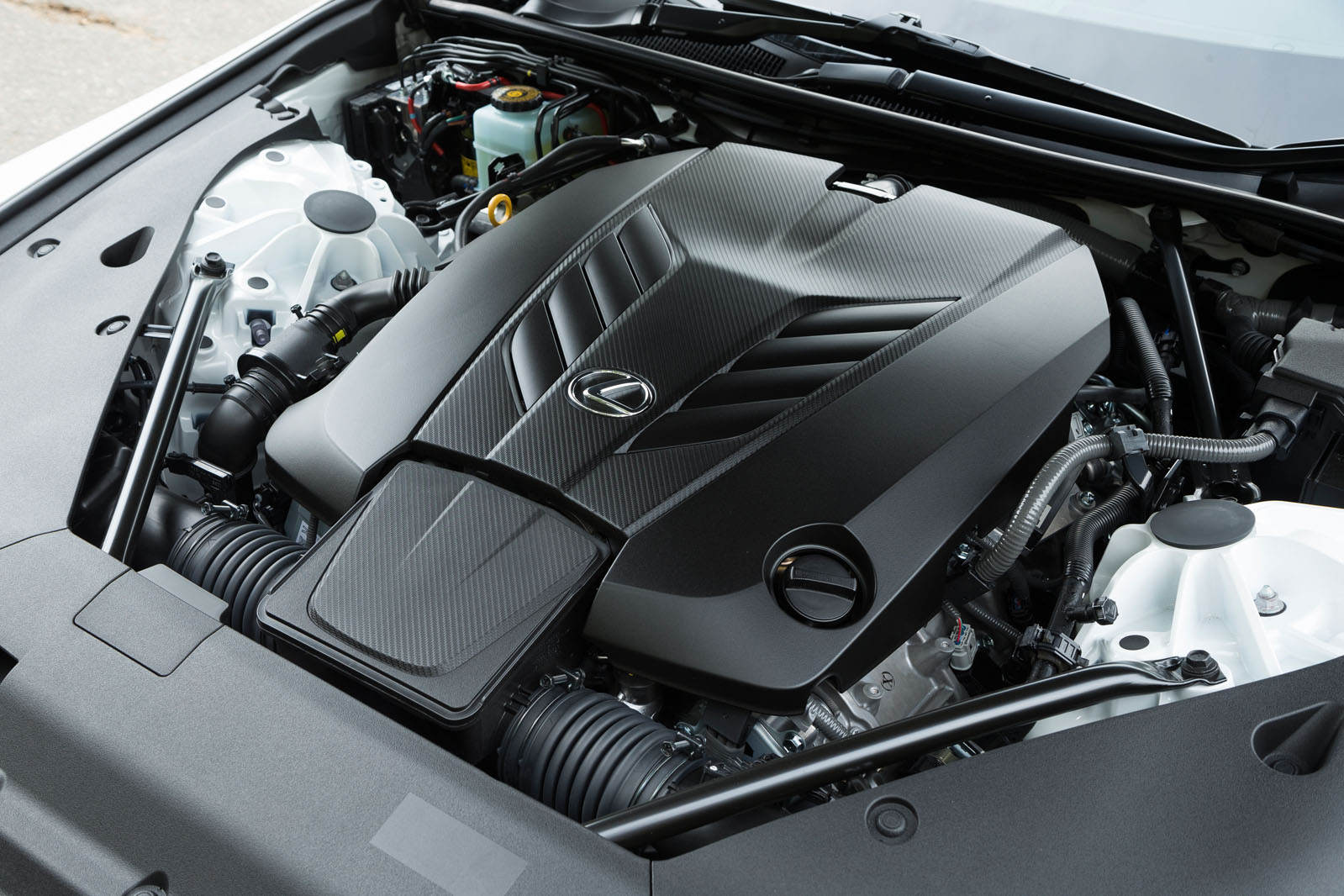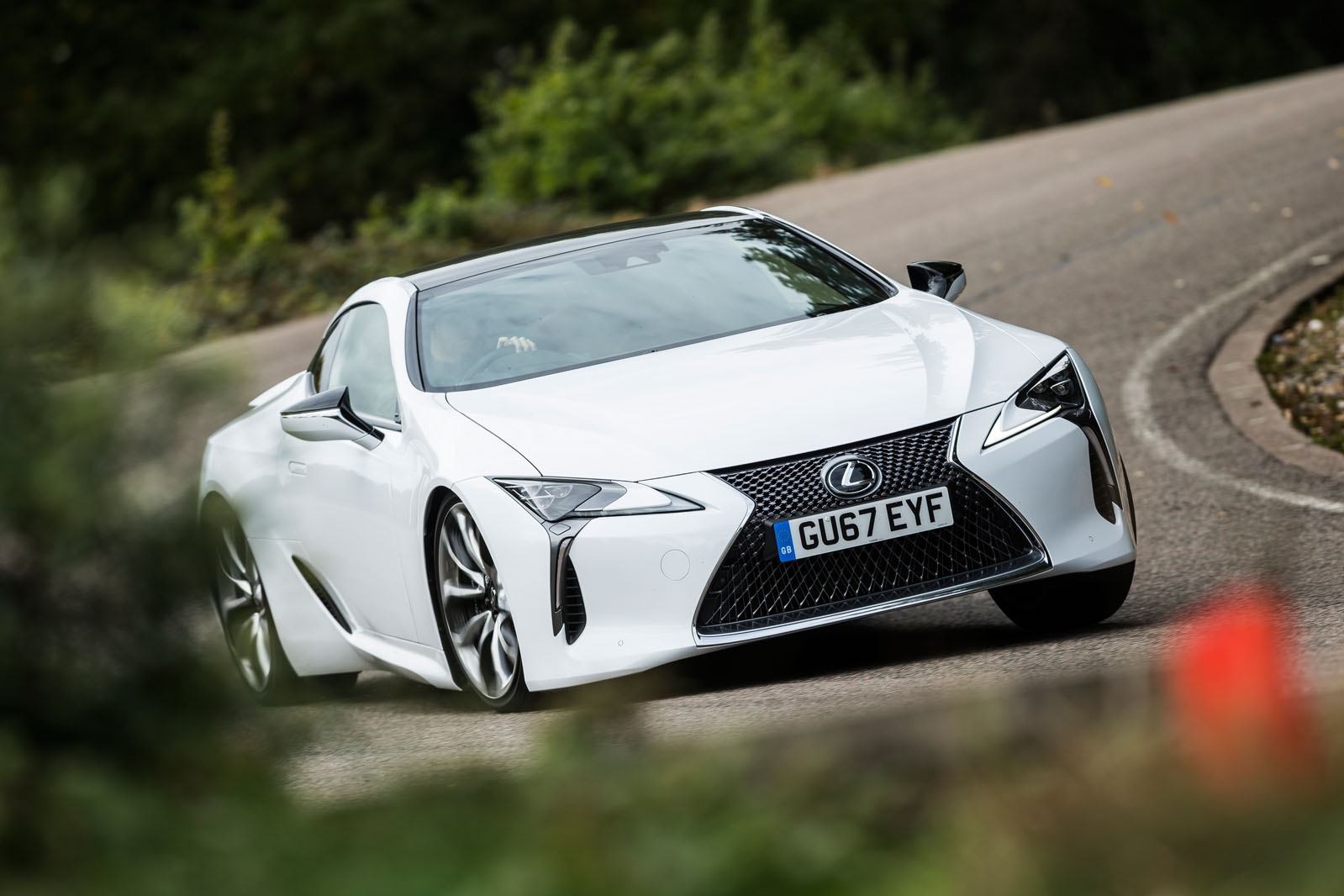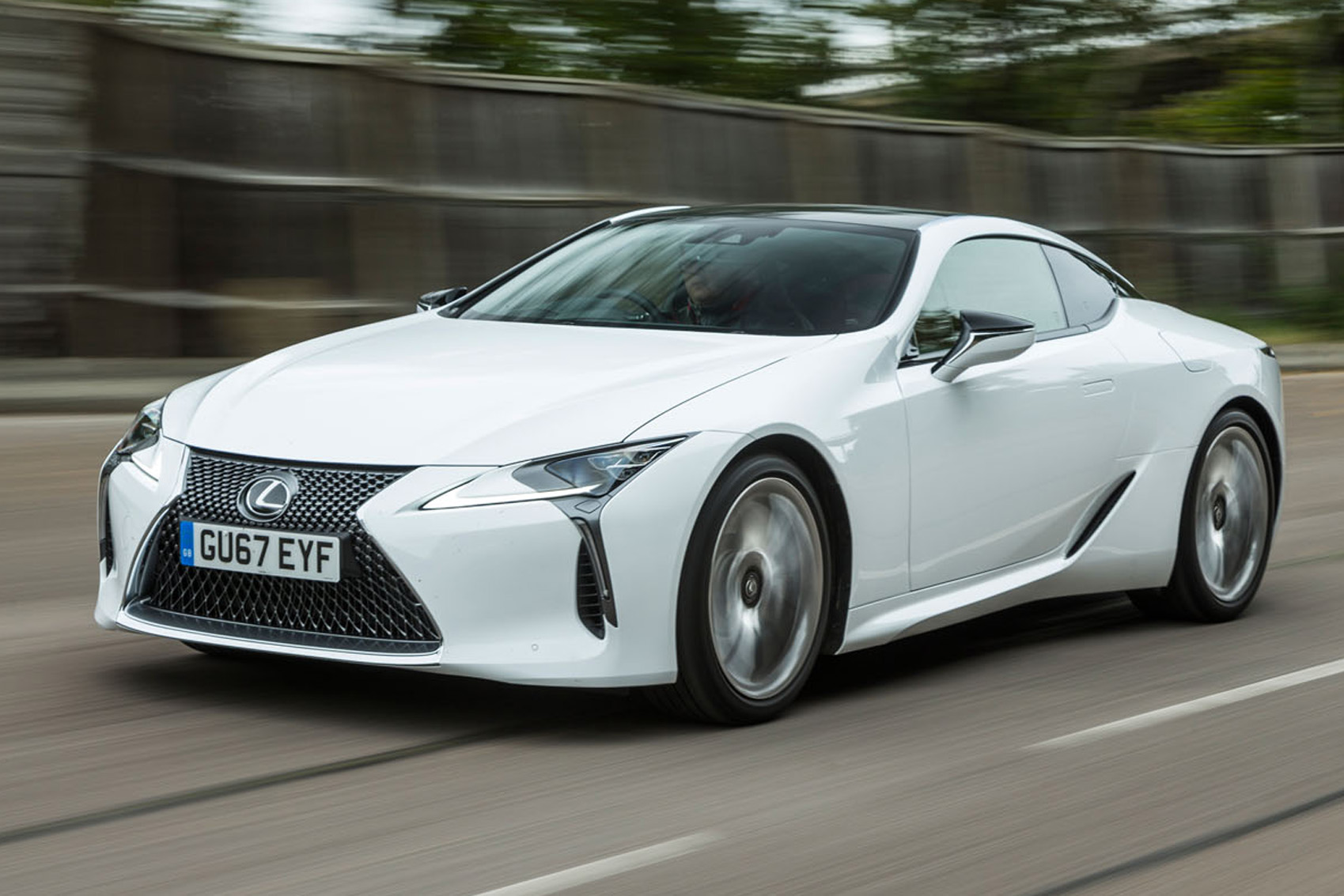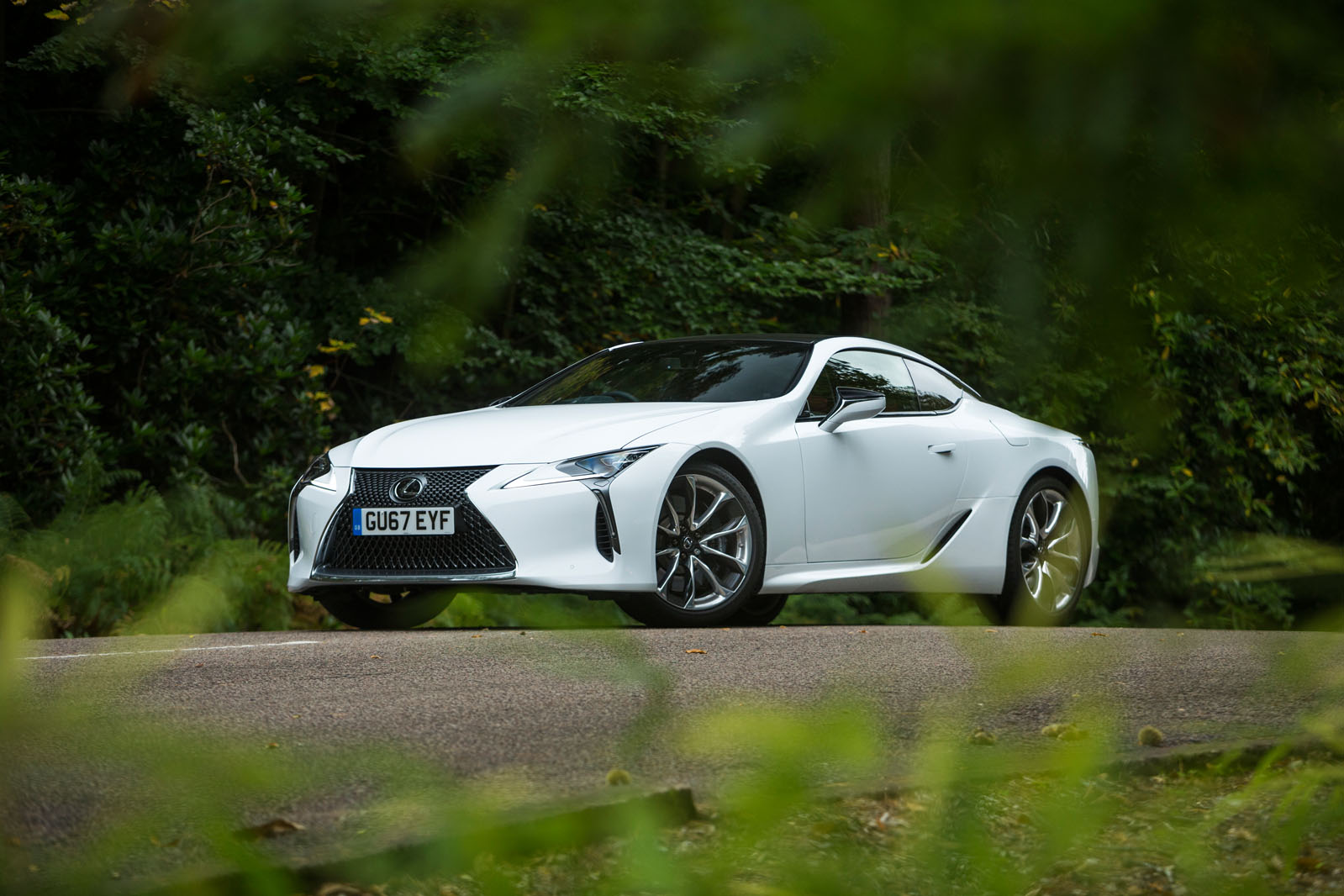Concept cars are endlessly frustrating. Often jaw-dropping in design, they embody the formidable creative potential of companies operating in one of the most competitive industries in the world.
Invariably, however, the years-long transition from motor-show plinth to dealership car park causes their most exotic edges to be knocked off as the realities of safety legislation, supply-chain economics, takt-time travails and so on bite hard.
All of which makes the new Lexus LC an unusually exciting prospect. It is, give or take, indistinguishable from the LF-LC concept whose rakish profile dropped jaws at the 2012 Detroit motor show and whose popularity convinced the suits at Lexus headquarters in Nagoya to go ahead with a production version.
As such, it dramatically continues the brand’s determined efforts to shake off traces of the staid design language exemplified by its former flagship (£343,000 LFA supercar notwithstanding), the thoroughly uninspiring SC430.
Razor sharp but well rounded, understated but confident, the front-engined, rear-driven LC is how modern Lexus wants to be perceived.
To help its cause, Lexus has fitted the LC500 with a naturally aspirated engine in the mould of the howling V10 in the 202mph LFA.
The newcomer trades a couple of cylinders with its carbon-wrought forebear for slightly greater cubic capacity, and although its 5.0-litre V8 doesn’t quite spin to 9000rpm, you get to experience its feverish, wailing delivery for an outlay of just £76,595.


